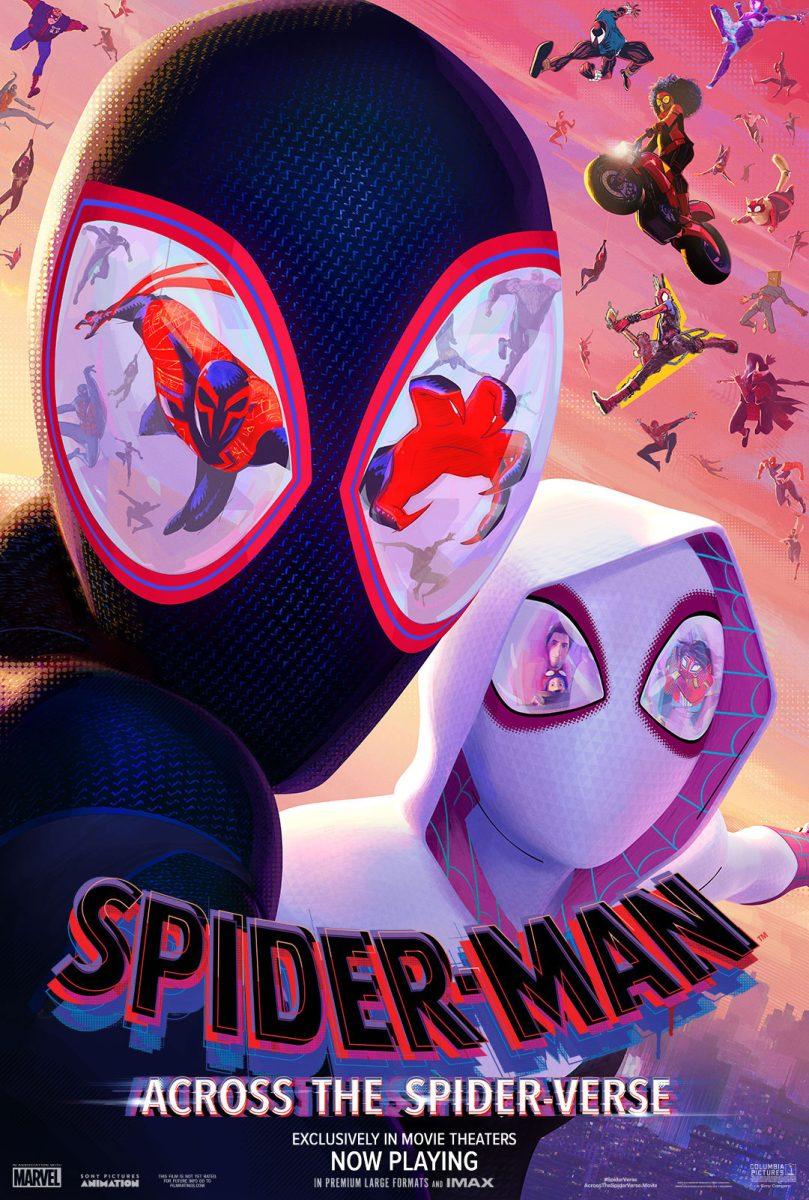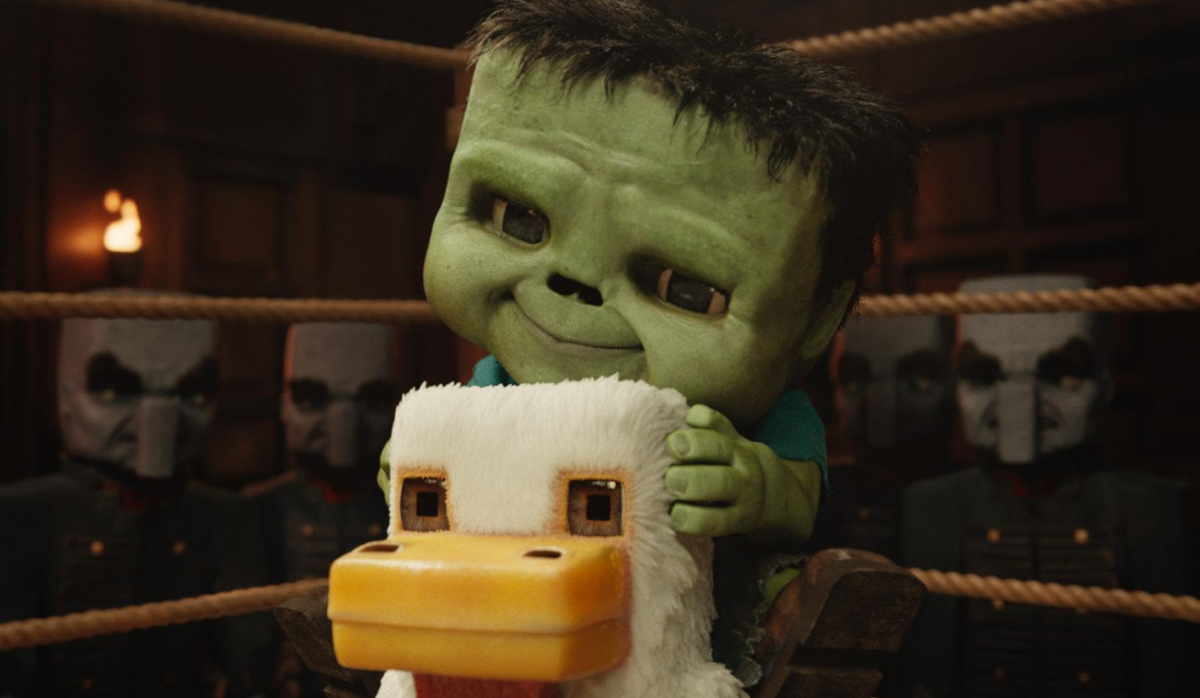Rating: 8/10
A certain masked menace returns to the screen in infinite variations. “Spider-Man: Across the Spider-Verse,” released on June 2, features protagonist Miles Morales and his escapades through the multiverse with different Spider-People. Sequel to“Spider-Man: Into the Spider-Verse,” “Across the Spider-Verse” further develops the characters of Miles, fellow spider Gwen Stacy, and introduces new Spider-People and multiverse conflicts.
Spoilers Ahead for “Spider-Man: Into the Spider-Verse” and “Spider-Man: Across the Spider-Verse.”
Though the first installment appears to resolve the multiverse mixing conflict, peace may only reign temporarily in heroes’ lines of work. Further anomalies begin appearing in universes, raising the need again for intervention. Infinite variant Spider-People gather to form the Spider-Society with the mission to maintain the Spider-Verse’s delicate equilibrium. A society dedicated to containing and returning anomalies to their respected universe, and upholding canon events.
During the duration of skirmishes between alternate universes, Miles and his world are isolated from the Spider-Society as a precaution. Kept secret from Miles Morales, he discovers the original anomaly was him. Miles was not “destined” to be Spider-Man in his universe, and the initial spider biting him left another universe without a Spider-Man, alerting his own posed fate. These happenings introduce the concept of canon events — or forces of destiny — that if disrupted will cause the universe to unravel.
Prevalent are the themes of destiny, the butterfly effect, growth, individuality and debates concerning what qualities make a good Spider-Man.
The main antagonist known as “Spot,” or Dr. Jonathan Ohnn in the comics, a character constructed to contrast Miles Morales. He blames Miles for his transformation into his new form as a misshapen white canvas and black hole existence.
Spot blames society and Miles for his appearance and uses it as justification for harming others. Such shift in blame causes him to fail in acknowledging his own role in assisting the company Alchemax, who created the collider and brought the spider into their universe. Spot disregards his present capability of controlling his own actions and powers, and uses them for selfish gain.
Spot’s case contrasts that of Miles’ who — thanks to the butterfly effect and good fortune — is bitten by the spider and becomes Spider-Man. Both developed powers through strange events, the focal difference between the two are their differentiating paths selected.
We all start out as a blank canvas, people may hurt us and we gain a few holes, we change and brilliant colors bloom in expression, existing gets messy and ink splatters. Everything boils down to people making choices, whether to be a hero or villain, it is one’s actions that defines their character.
Anyone can be Spider-Man — or rather Spider-Man can come from anyone. All Spider-People are characterized with unique flaws, aesthetics and perspectives. They share similarities, overlapping abilities, some near identical backstories. With the existence of the multiverse, the concept of anyone receiving a radioactive spider bite and dawning the Spider-Man mantle is possible.
Some of the evident devices depicting the spider characters’ uniqueness and evolution are their design. Miles begins with a cheap Spider-Man costume. As he develops as a more independent Spider-Man, alters it into his own black and red suit with a spray-painted spider symbol, relating back to the artwork he makes in the subway station.
Gwen incorporates ballet pointe shoes into her wardrobe illustrating her skills as a dancer, and eventually trades them out for high tops, showing a more casual influence as she grows.
Newly introduced, Hobert “Hobie” Brown, under the alias of Spider-Punk, matches the early punk counterculture in the UK during the 1980s, reflecting his rebellious personality.
The Spider-Verse is vast, and spiders featured in the movie must make their own choices to concede to the canon events and consider what they should do as individuals and as Spider-Man. The only guide superheroes usually have been the lessons they have learned in their own life. As the canon event of a dying uncle teaches us: with great power comes great responsibility.
Containing breathtaking animation, character design, science-based fiction, an evolving storyline and lively soundtracks, general superhero connoisseurs will enjoy this Spider-Man film. For more comic book fanatics, there are hidden easter eggs and references throughout the movie, such as appearances of notorious spiderman variants, and Donald Glover as a Prowler variation. Originally, Miles Morales was inspired by Glover, thus his pop up is a welcome surprise.
Debatably, one flaw may be that some of the movie is too predictable, or the themes overused as Spider-Man has been around since 1962.
By the end, perhaps viewers will leave the theaters with their outlook altered. The themes demonstrated show there is no concrete guide to be Spider-Man, no methodology or pamphlet, no perfect method to being a parent or maturing and no concise technique to solve complex issues like canon events. Simply people making choices striving for their best, or their worst.










